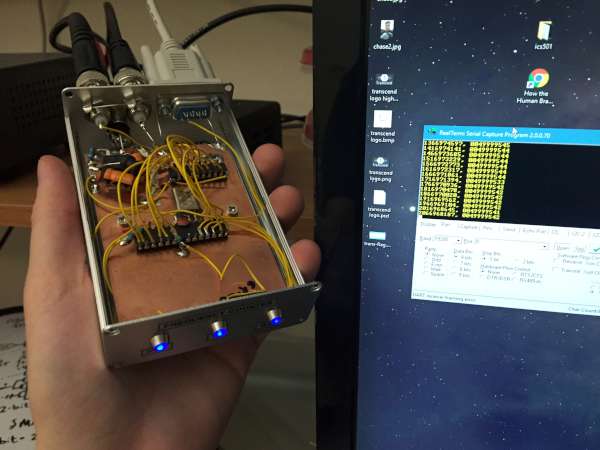How To buy (A) GPS Detector On A Tight Price range
Linked gadgets and cyber-surveillance technology can track who is in your house and what they are doing. Gadgets that allow you to utilize cyber-surveillance are usually linked to another information or the web network, so an abuser could hack into these system (with a computer or other technology linked to the network) and manage your devices or details.
If you think that your electronic device has actually been hacked and being misused, you can begin to record the events. An innovation abuse log is one method to record each occurrence. These logs can be helpful in revealing patterns, figuring out next actions, and might potentially work in developing a case if you decide to include the legal system.
An electronic stalker and hacker can also be all ears on you; and gain access to your email or other accounts linked to the linked gadgets online. An abuser could likewise abuse innovation that enables you to control your house in a method that causes you distress.
Additionally, an online stalker might abuse innovation that controls your house to separate you from others by threatening visitors and blocking physical access. For instance, an abuser might from another location manage the wise locks on your home, restricting your capability to leave your house or to go back to it. A video doorbell could be utilized not only to monitor who comes to the door, however to harass them remotely or, in mix with a smart lock, avoid them from getting in your home. You can also see a short video on this topic.
Finally, online surveilance could even do more harmful things when an automobile is connected and able to be controlled through the Internet. For instance, lots of more recent automobiles have little computers installed in them that allow somebody to manage a lot of the automobiles includes from another location, such as heated seats, emergency braking, or remote steering innovation. An abuser might hack into the car’s system and gain access to this computer system to control the speed or brakes of your automobile, putting you in serious threat.
Without the access to your passwords, acquiring control over your linked devices may need a more innovative level of understanding about technology than most people have. When devices are connected through a data network or the Internet, for example, an abuser might be able to log into (or hack into) that system to get information about how those gadgets were utilized, such as when you go and come from your house or where you drive your cars and truck.
A number of the laws that apply to electronic monitoring could apply to acts of cyber-surveillance also, depending on how the abuser is using the connected gadgets to abuse you and the precise language of the laws in your state. For example, if the abuser is accessing devices on your network to eavesdrop on your conversations, maybe eavesdropping laws may use. In addition, an abuser who is viewing you or taping you through your gadgets, may be breaching invasion of privacy or voyeurism laws in your state. Other laws could also apply to a situation where an abuser is unapproved to access your connected devices, such as specific computer system criminal activities laws. Additionally, if the abuser is accessing your devices to participate in a course of conduct that triggers you distress or fear, then harassment or stalking laws could secure you from the abuser’s habits. Whenever you get a chance, you may wish to look at this topic more in depth, by visiting this website link view site… …
In order to try to use connected devices and cyber-surveillance safely, it can be helpful to know exactly how your gadgets link to one another, what information is readily available from another location, and what security and privacy features exist for your technology. If a device begins operating in a way that you know you are not controlling, you may desire to disconnect that gadget and/or eliminate it from the network to stop the activity. You might have the ability to discover more about how to remove the gadget or detach by reading the device’s manual or speaking with a customer support agent.
